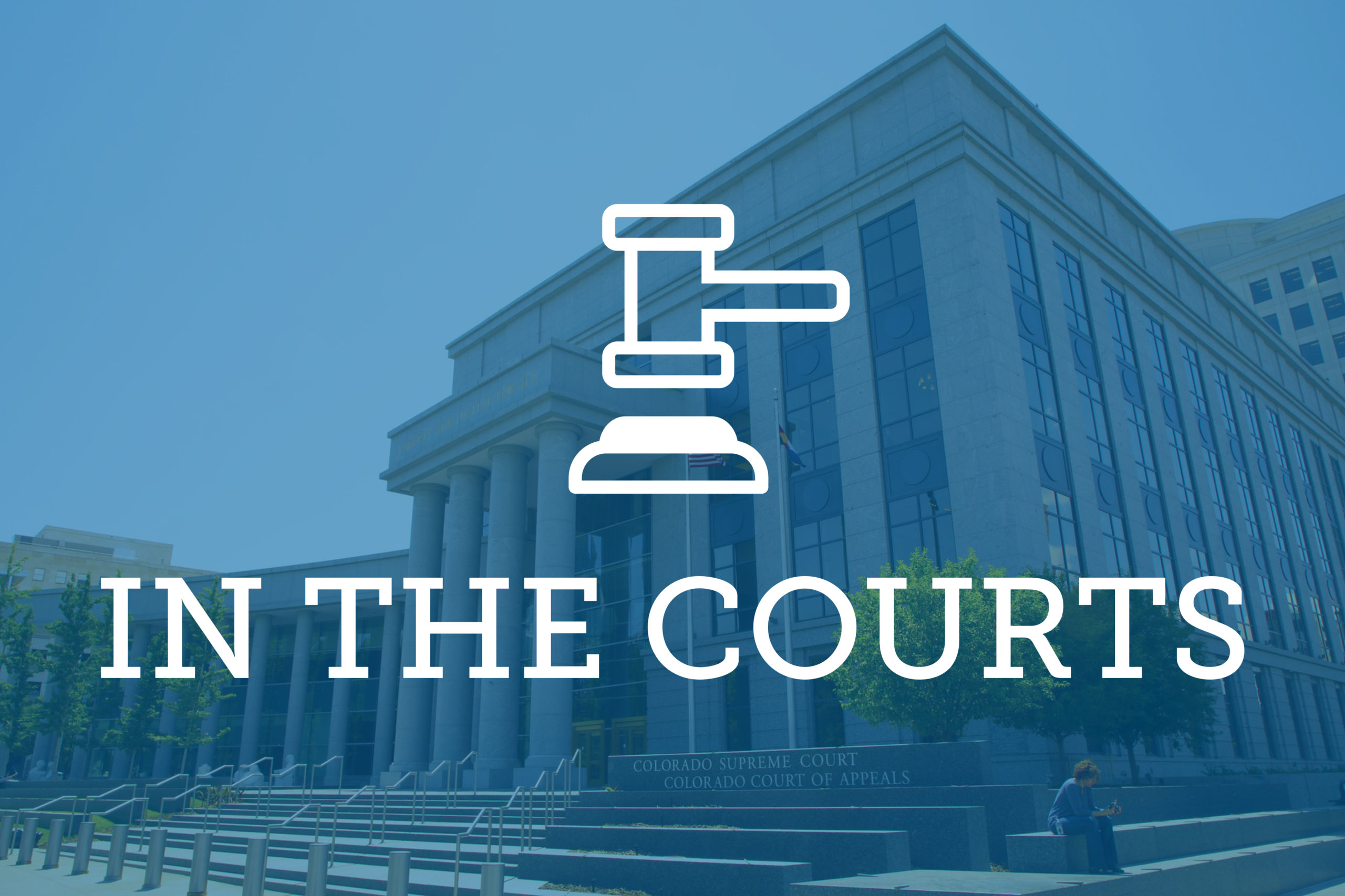
A federal appellate court is on its way to deciding whether patent holders can look to tribal immunity as a shield from the Patent Trial and Appeal Board.
A panel of judges for the U.S. Court of Appeals for the Federal Circuit heard arguments in a case questioning whether a Native American tribe’s sovereign immunity can protect patents it holds from PTAB review. The court appeared to be on track to reach a split decision, with two judges focusing on whether the company that developed a patented product was only benefitting from giving its patents to the tribe by having the tribal shield and the third judge seeming to favor the patent holder by saying the case looked to be more akin to a civil dispute, where tribal immunity would apply.
Last year, pharmaceutical company Allergan gave its patents for dry eye relief product Restasis to the St. Regis Mohawk Native American tribe and licensed them back. The move was designed to protect Allergan’s patents from an inter partes review process brought by competitor Mylan by shielding them with the tribe’s sovereign immunity. Although the case caught the eye of IP attorneys, Allergan’s move is similar to a common practice where a company relies on a state university to conduct research and file a patent and use state sovereignty to avoid challenges in the courts.
For Allergan, however, it didn’t have the support or research of a state university. And the distinction for the company might come down to the question of what Allergan gained from the transaction other than patent protection.
Issues of state sovereignty have held up in the U.S. Supreme Court as well as the patent office. In February, however, the USPTO rejected Allergan’s tribal sovereignty claims.
Judges Timothy Dyk and Jimmie Reyna questioned whether Allergan benefitted from its deal with the St. Regis Mohawk Tribe in any way other than having tribal immunity. They suggested that by overturning the PTAB’s finding that the tribe wasn’t immune, the court would be undermining the Supreme Court’s recent Oil States v. Greene’s Energy Services case — which found the inter partes review process to be constitutional — as well as congressional guidance from 2011.
Attorneys for the St. Regis Mohawk Tribe, however, argued that the issue should in fact go to Congress. “I would lay this problem not at your doorstep but at Congress’ doorstep,” said Jonathan Massey, the attorney representing the tribe. “It’s Congress’ job to change if they don’t like that system.” He argued that Congress created the adversarial adjudicative party-based process rather than an agency-led review process, and that adversarial setup with a governmental entity on one side, he said, would trigger sovereign immunity.
Questions from Judge Kimberly Moore seemed to suggest she is concerned with whether the U.S. Patent and Trademark’s Office’s inter partes review process is an administrative process or civil litigation. The “hybrid process” has components of both, and the answer to that question could have ripple effects in other instances patent protections for tribal entities, and possibly universities.
“Judge Moore was really trying to tease out is this an agency proceeding or a contested civil proceeding in the court,” Kilpatrick Townsend & Stockton Denver office managing partner Gene Bernard said. He agreed with Moore that there are elements of both without clear direction on how to decide. “So which is it then? It depends on what you value and what you say is more important about one type of proceeding than the other. There’s no agreed-upon hierarchy of what makes an agency proceeding versus a judicial proceeding. You’re not going to get agreement from the judges on this.”
He said that issue is likely to be a key factor in what could end up being a 2-1 split decision when the judges give a ruling on the case. In that situation, it could end up in en banc review or be petitioned to the Supreme Court — and either could happen, Bernard said.
“Of cases I’ve seen … this looks more promising for en banc or Supreme Court review than most,” Bernard said. “But it will be interesting to see how much the courts have an appetite to take up the issue further. Courts, — especially the Federal Circuit — like to stay on aspects of patent law and this is starting to look more political.”
If the court were to end up ruling that tribal immunity ends the PTAB’s inter partes review process, it would likely send anyone with a valuable patent to follow Allergan’s suit and find a tribal entity to shield themselves with.
Bernard said he finds that outcome to be unlikely. “But we’re still not quite at the end of how this will play out,” he said. “I thought from the beginning that what Allergan was doing was a legal gimmick that I didn’t think would work. … There’s a little bit of legal technicality trickery going on that I think doesn’t sit will with lawyers and especially with non-lawyers.”
The case is likely to continue regardless of which party prevails when the Federal Circuit delivers its opinion.
— Tony Flesor

